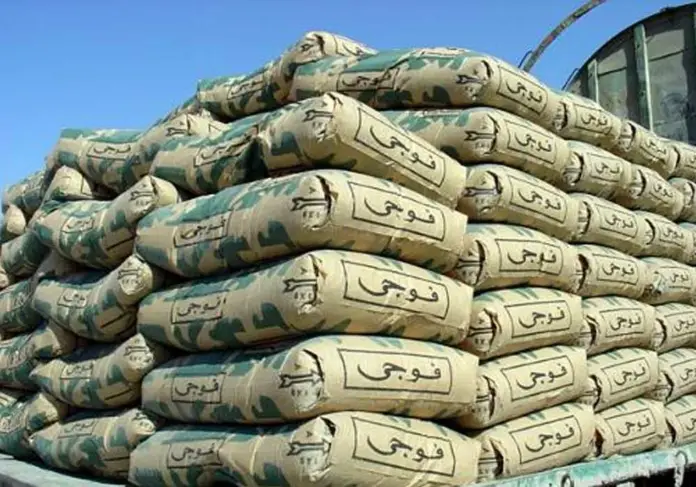The financial prosperity of most cement companies heavily relies on their robust pricing power and their ability to sell just enough cement at favorable prices. In the first half of the fiscal year 2024 (1HFY24), with dispatches witnessing a 10 percent increase, the combined revenues of 15 listed cement companies surged by 20 percent. Following years of cement prices hovering between Rs500 and Rs600, the price trajectory in domestic markets has exhibited a more pronounced and steadfast upward trend since FY21. In December 2023, the average price of cement peaked, surpassing Rs1200. Although the most recent recorded week witnessed a slight decrease with an average price of Rs1221 per bag (note: this is an average price for Pakistan, varying across different cities/markets), prices have consecutively declined over the past four weeks. While the decline itself may not be substantial, it raises questions about the sustainability of the relentless price ascent. Notably, the surge in demand during this period was predominantly driven by exports, which more than doubled compared to 1HFY23, while domestic sales saw a mere 1 percent growth. However, the resultant revenue and earnings growth was primarily propelled by soaring prices, which outpaced cost increases by a significant margin.
Indeed, the slowdown in demand suggests a possible end to the upward price trajectory. Recent data reveals stagnation in domestic offtake during 8MFY24, with total offtake growing by 3 percent, fueled mainly by a 73 percent increase in exports, while domestic offtake declined by 4 percent. Furthermore, comparing average monthly offtake between FY17 and FY24 (for the period 8M), domestic cement offtake in the current year falls below five out of the seven years under observation, indicating a lackluster performance. Despite a significant increase in industry capacity to manufacture cement by 72 percent between FY17 and FY24, current capacity utilization stands at around 55 percent, with a considerable portion of installed capacity lying idle due to sluggish demand.
Various factors, including persistently high interest rates, uncontrollable inflation, rising taxes, and escalating expenses, have contributed to reduced spending power, thereby depressing demand. While new government spending on infrastructure and development projects may reignite demand, there are limited avenues for new demand growth in the interim.







